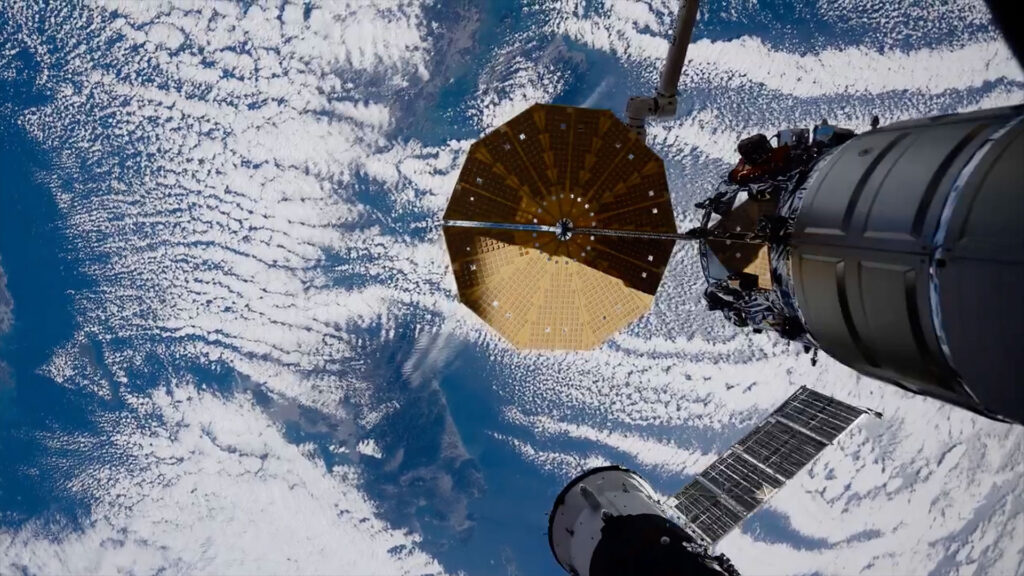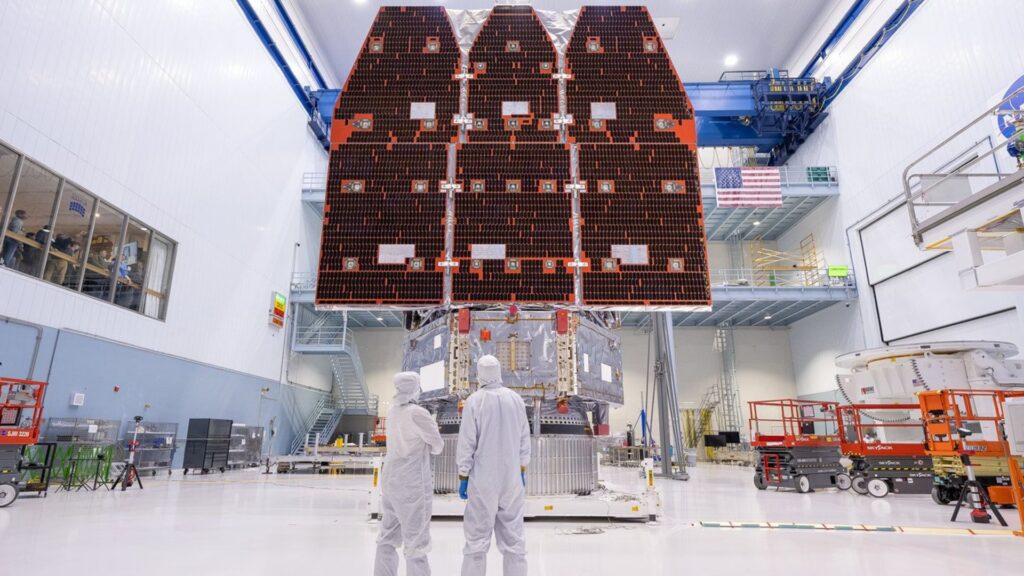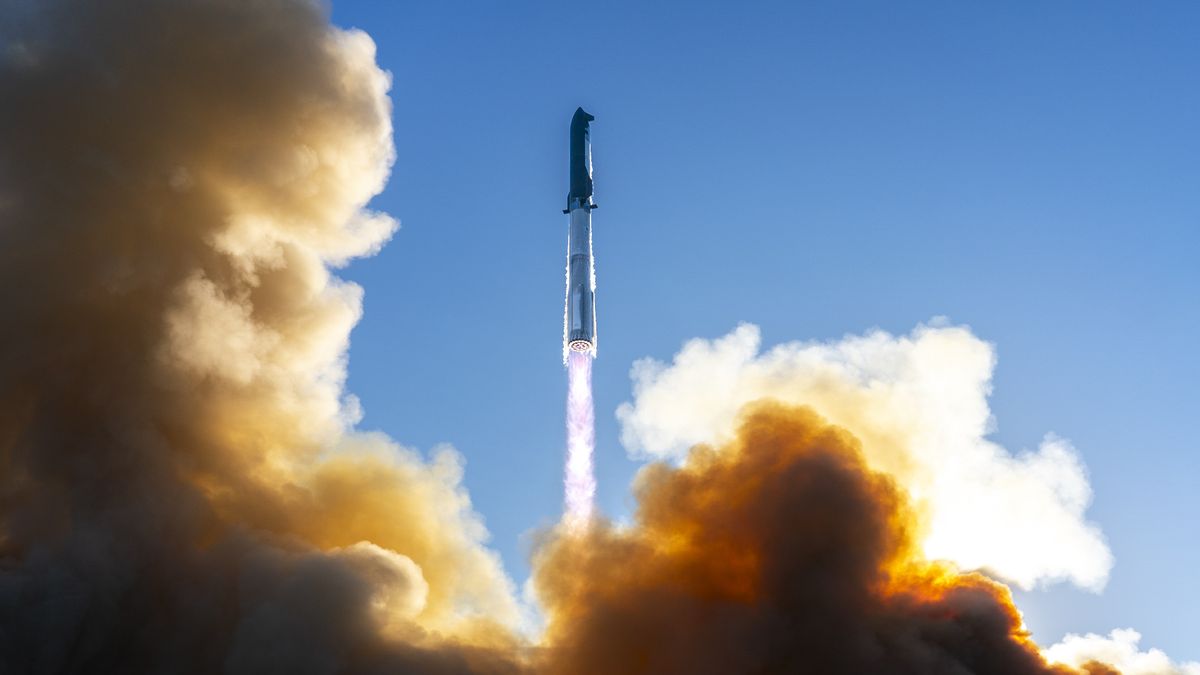Now Reading: SpaceX launches 28 Starlink satellites to orbit on 1st half of spaceflight doubleheader (video, photos)
-
01
SpaceX launches 28 Starlink satellites to orbit on 1st half of spaceflight doubleheader (video, photos)
SpaceX launches 28 Starlink satellites to orbit on 1st half of spaceflight doubleheader (video, photos)
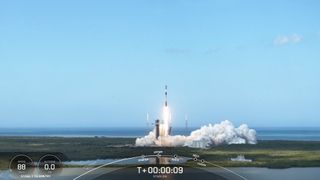
SpaceX launched another batch of its Starlink internet satellites from Florida’s Space Coast on Monday (March 31).
A Falcon 9 rocket carrying 28 Starlink spacecraft lifted off from Cape Canaveral Space Force Station at 3:52 p.m. EST (1952 GMT) on Monday.
To plan, the Falcon 9’s first stage came back to Earth about eight minutes after liftoff. It touched down on the drone ship “Just Read the Instructions,” which was stationed in the Atlantic Ocean.
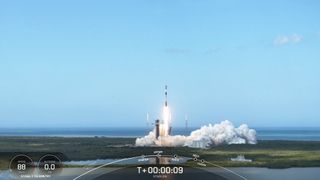
It was the 17th launch and landing for this particular booster, which had flown 10 previous Starlink missions, according to a SpaceX mission description.
The Falcon 9’s upper stage continued to haul the Starlink satellites to low Earth orbit (LEO), where they were set to be deployed about 65 minutes after liftoff.
Starlink is the largest satellite constellation ever deployed — and it’s continuously growing, as Monday’s launch demonstrated. There are currently more than 7,100 active Starlink spacecraft in LEO, according to satellite tracker and astrophysicist Jonathan McDowell.
Related: Starlink satellite train: how to see and track it in the night sky

Related stories:
The Starlink launch was the first half of a planned SpaceX doubleheader on Monday. The second half is the Fram2 astronaut mission, which is scheduled to lift off at 9:46 p.m. EDT (0146 GMT on April 1). You can watch the launch live here at Space.com.
Fram2 will send four astronauts into orbit for three to five days. They’ll circle over both of Earth’s poles, a trajectory no human spaceflight mission has ever taken before.
Stay Informed With the Latest & Most Important News
Previous Post
Next Post
-
 012024 in Review: Highlights from NASA in Silicon Valley
012024 in Review: Highlights from NASA in Silicon Valley -
 02Panasonic Leica Summilux DG 15mm f/1.7 ASPH review
02Panasonic Leica Summilux DG 15mm f/1.7 ASPH review -
 03How New NASA, India Earth Satellite NISAR Will See Earth
03How New NASA, India Earth Satellite NISAR Will See Earth -
 04And Thus Begins A New Year For Life On Earth
04And Thus Begins A New Year For Life On Earth -
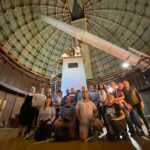 05Astronomy Activation Ambassadors: A New Era
05Astronomy Activation Ambassadors: A New Era -
06SpaceX launch surge helps set new global launch record in 2024
-
 07From Polymerization-Enabled Folding and Assembly to Chemical Evolution: Key Processes for Emergence of Functional Polymers in the Origin of Life
07From Polymerization-Enabled Folding and Assembly to Chemical Evolution: Key Processes for Emergence of Functional Polymers in the Origin of Life












